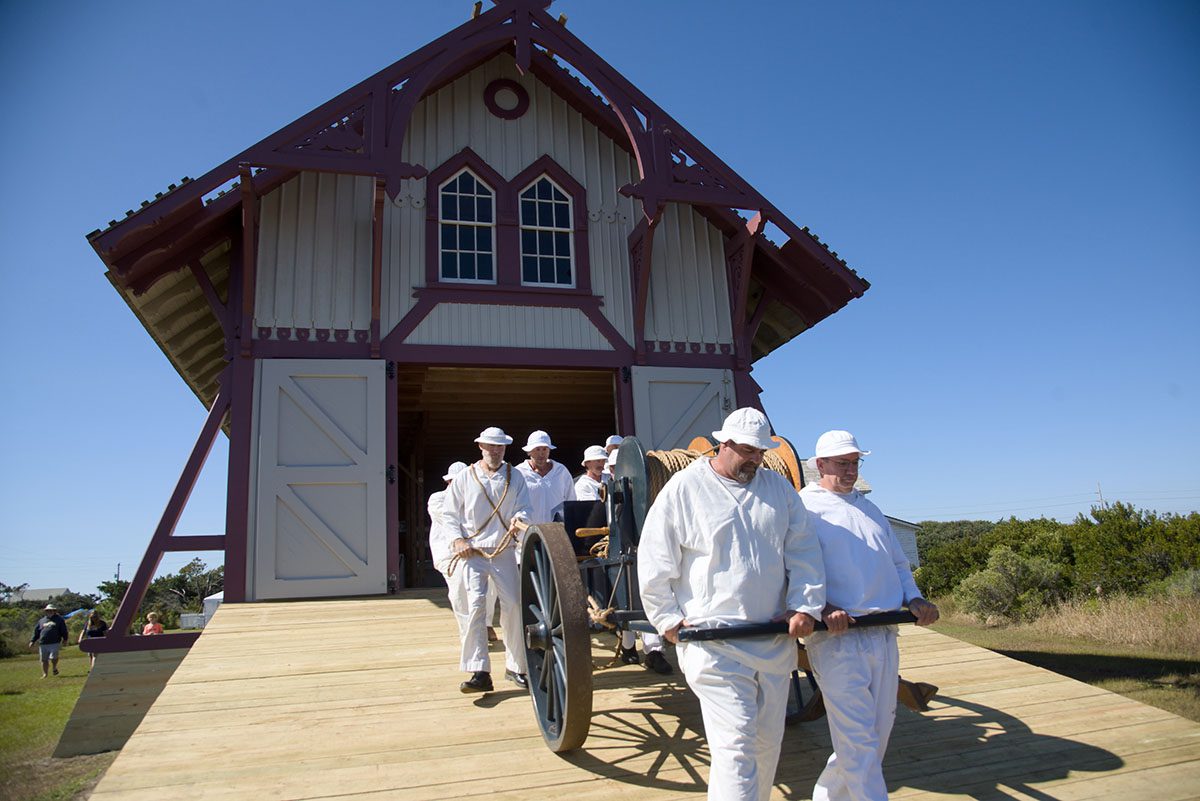
The Chicamacomico Life-Saving Station completed in October 1874 was the first of seven new stations to be built that year along the North Carolina coast.
To commemorate the 150th anniversary of the station opening, the Chicamacomico Historical Association held a two-day event at the site in Rodanthe.
Supporter Spotlight
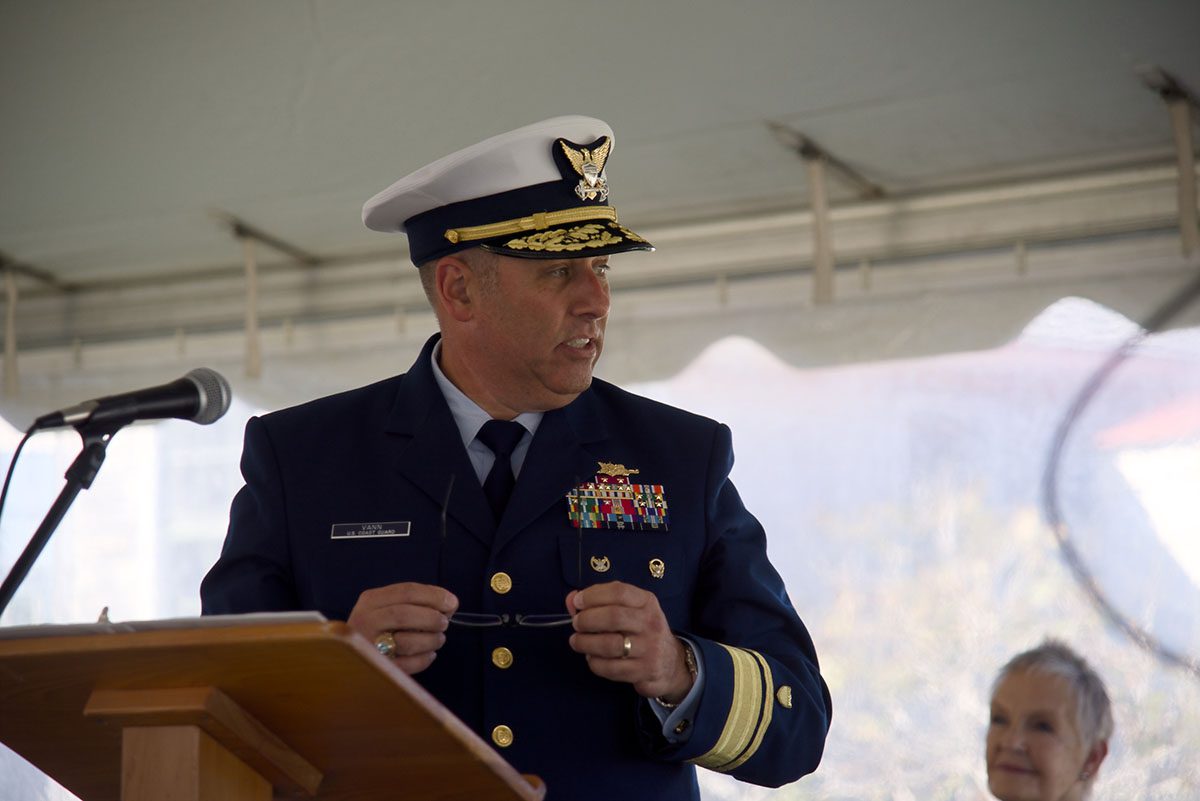
Held Oct. 12-13, the program featured several speakers, including Rear Adm. John “Jay” Vann, commander of the Coast Guard’s Fifth District that includes North Carolina. There were presentations, rescue drill reenactments, and patriotic music performed by the Cape Hatteras Secondary School Band.
Vann called the attention of the about 80 in the audience to the heroism that was part of the job description of the stations’ crew.
He highlighted the Aug. 16, 1918, rescue of the British steamer Mirlo. The rescue resulted in all eight of the crew being awarded a Gold Lifesaving Medal, the Coast Guard’s highest honor.
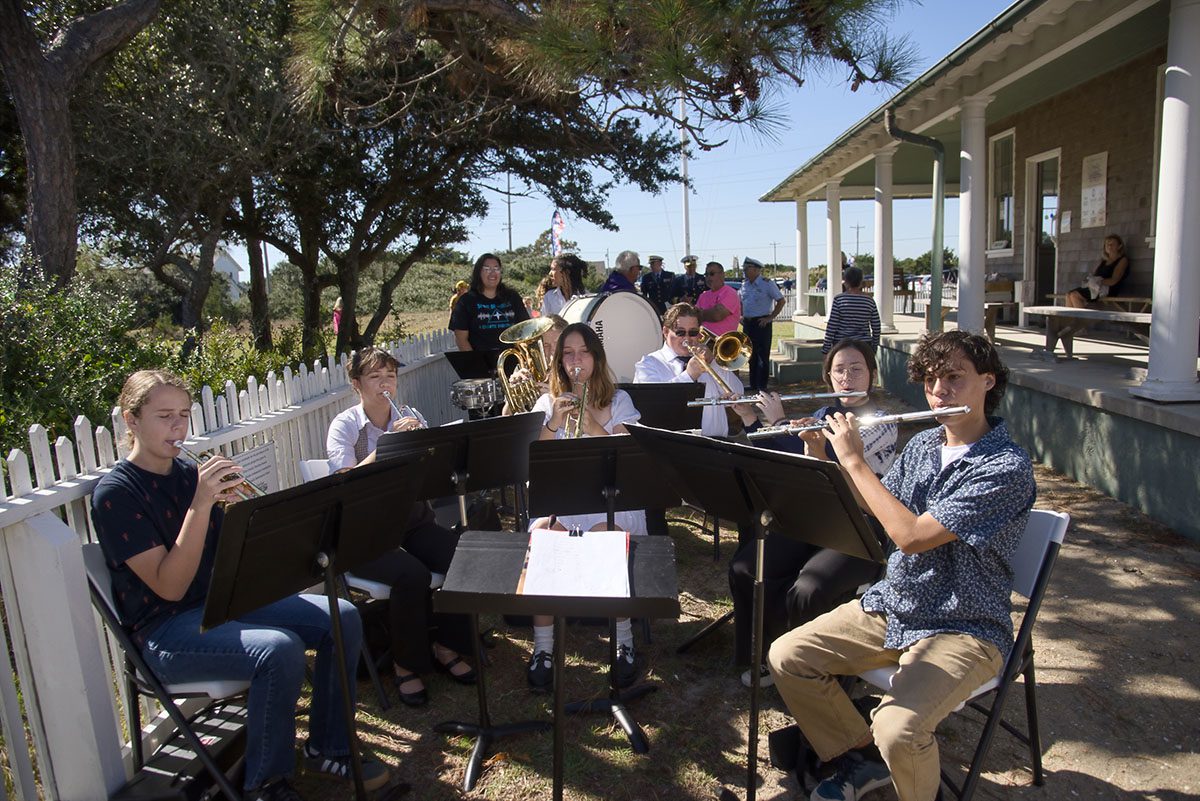
The Mirlo was carrying gasoline when it struck a German mine and the fuel aboard set the sea on fire.
Vann described the Chicamacomico crew rowing through flaming waters to rescue seamen from an overturned lifeboat.
Supporter Spotlight
Rescuers proceeded through the flames to search for a second lifeboat, this one with 19 crewmen aboard, threw a line, and towed lifeboat to shore.
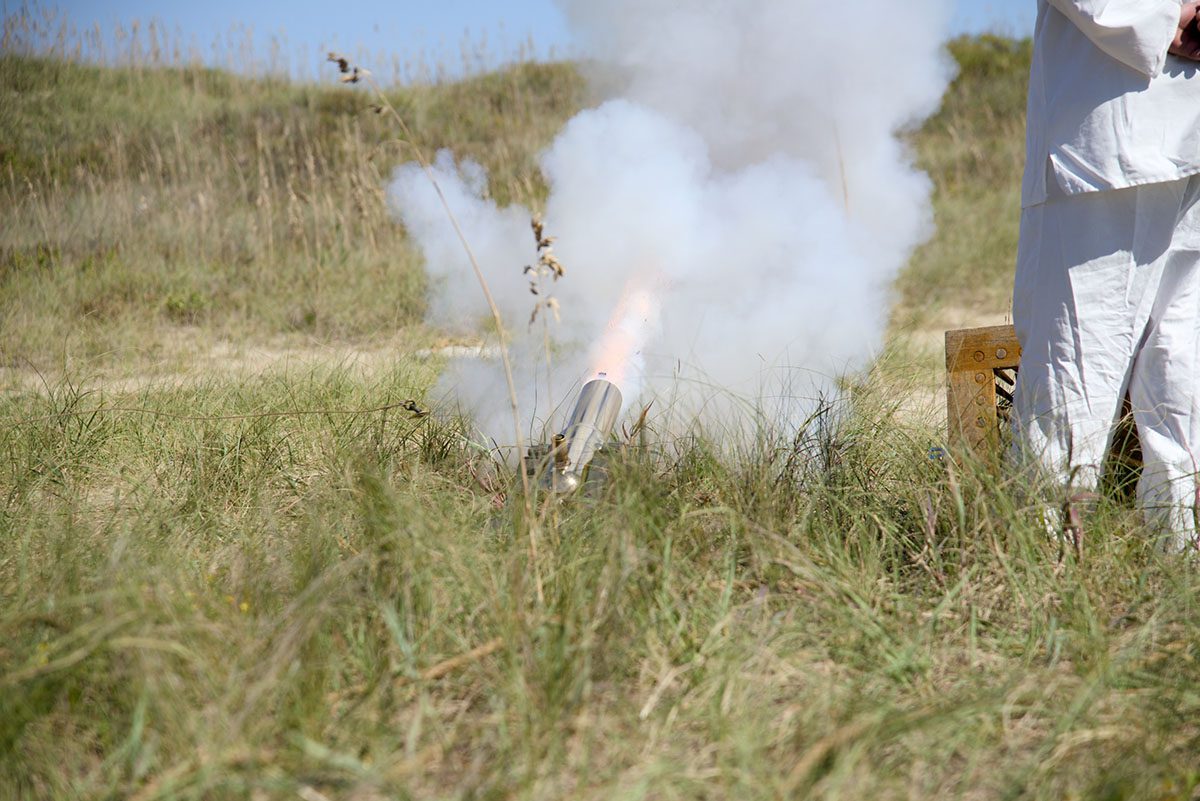
Because of the actions of Chicamacomico Coast Guardsmen, 42 of the 52 crewmen on board the Mirlo were saved.
Those values, Vann noted in his address, are still found in the Coast Guard of today,
“I think that despite the divisiveness we increasingly observe and the doubt some of us had in younger generations,” he told the audience. “You will find that the young American service members in our Coast Guard respect our heritage and those who came before us.”
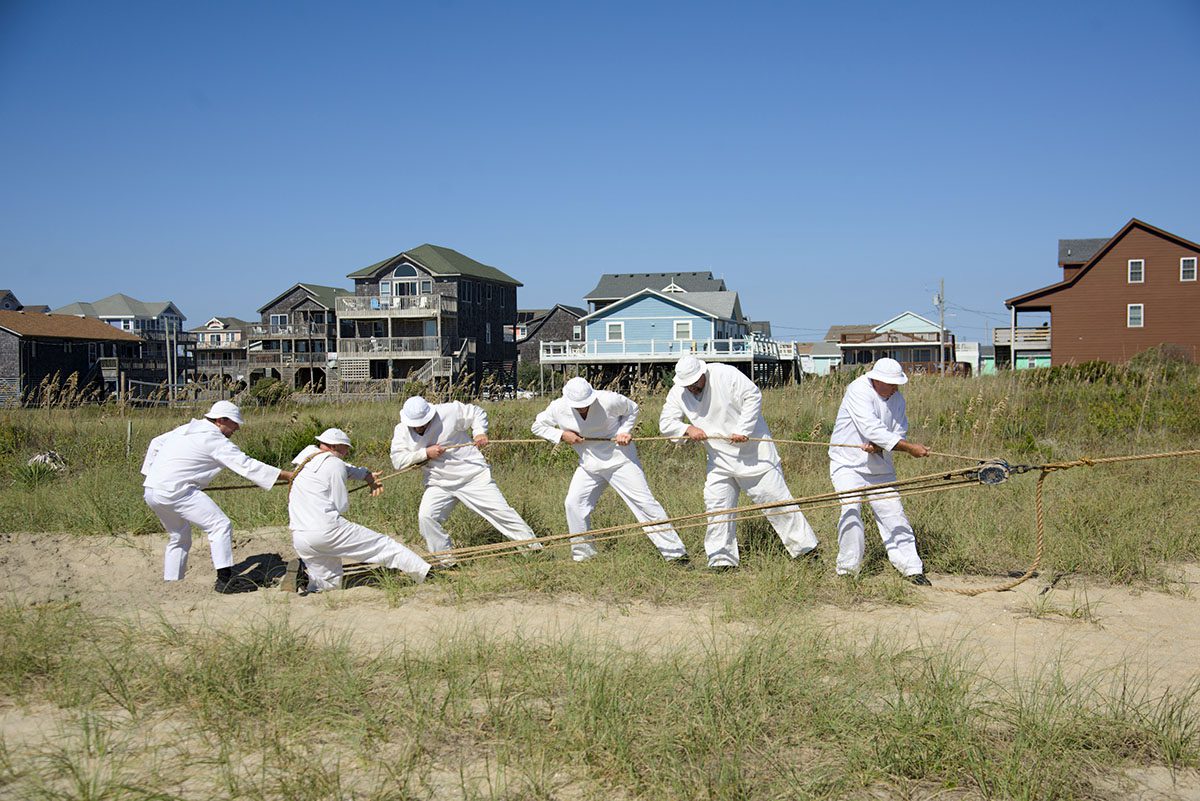
Station history
When the Chicamacomico Life-saving Station opened in 1874, the maritime rescue response program was a part of the Revenue Marine Division, under the U.S. Department of the Treasury, and was the first to be staffed in the state.
The rescue program became the Life-Saving Service in 1878, and then in 1915, was established as the United States Coast Guard.
Sumner Kimball, who had been appointed supervisor of the Revenue Marine Division in 1871, worked to create a professional lifesaving service because the few lifesaving stations dotting the East Coast were incapable of carrying out an ocean rescue.
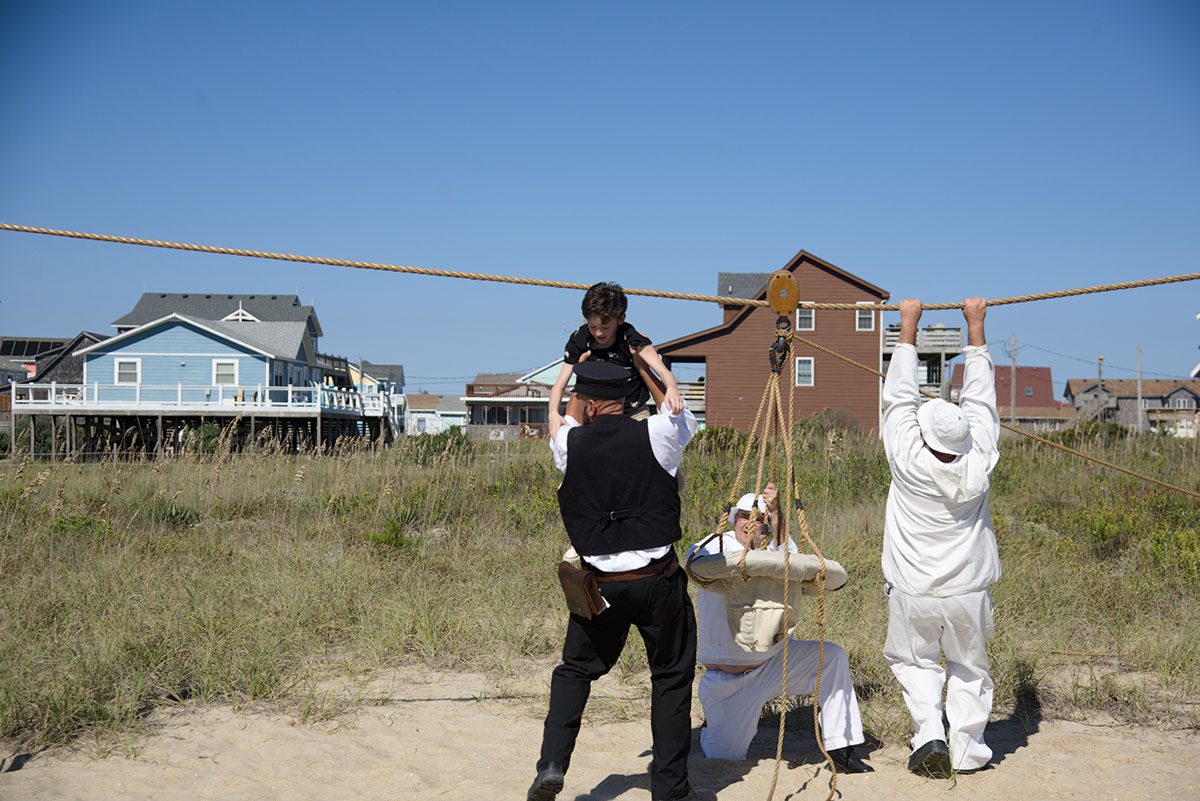
“Training and equipment were either poor or non-existent, and many of its ‘lifesavers’ were either incompetent land-lubbers or corrupt political appointees,” the Cape Hatteras National Seashore wrote in 1871 about the conditions.
Even with improvement in personnel and equipment, by 1874 it was apparent there were not enough stations for the Revenue Marine Division to fulfill its lifesaving services.
Kimball convinced legislators to allocate $200,000, around $6.7 million in today’s dollars, to build and staff new lifesaving stations.
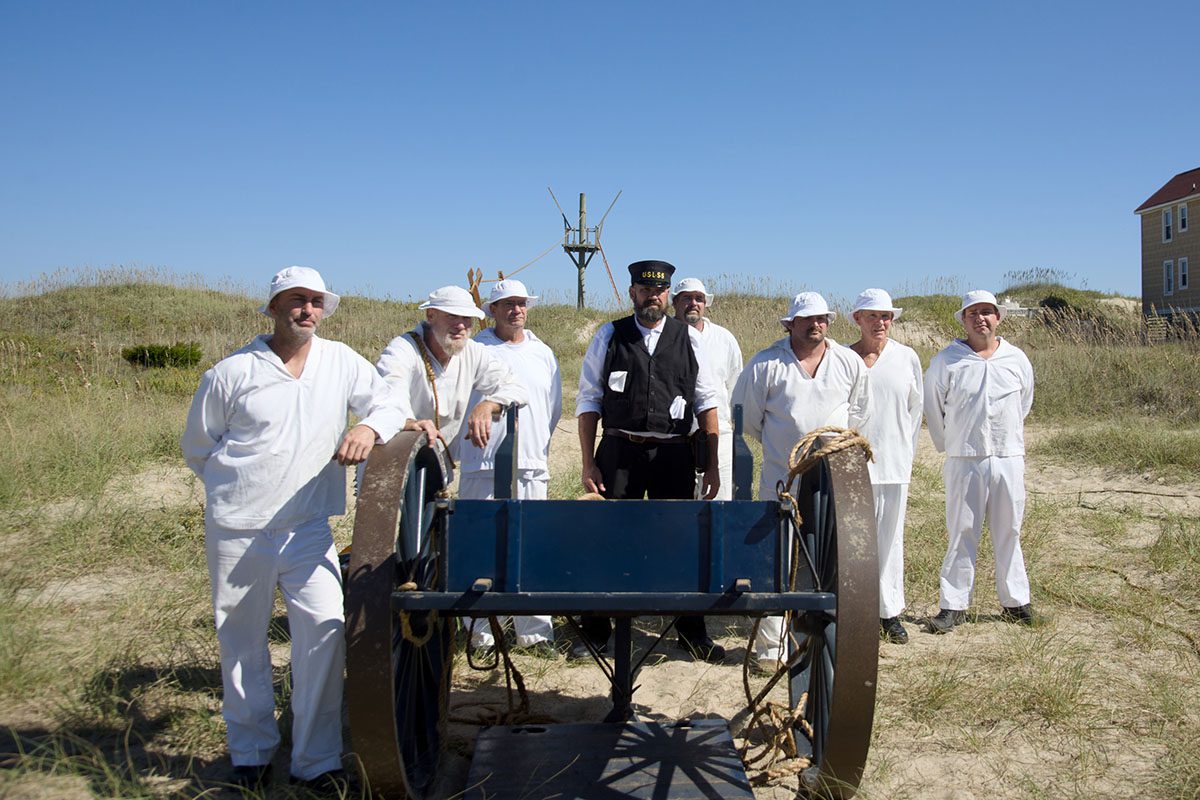
Coastal North Carolina was identified as one of the most critical areas needing attention and seven new stations were authorized between Corolla and Avon.
Chicamacomico, went into service in October of 1874, although the official commissioning of the station wasn’t until December.
The building was decommissioned in 1954. In 1974, the nonprofit Chicamacomico Historical Association was founded to preserve the site.








